
Dare to think differently as an Artist: Roxanne Sauriol, Artist


This Arts to Hearts Podcast episode features Charuka Arora’s in-depth exploration of the creative journey of fashion photographer and artist, Roxanne Sauriol Hauenherm. Throughout the conversation, Charuka and Roxanne Sauriol discuss her artistic journey, fashion inspiration, finding her visual style, recreating old master’s work, art, femininity, and humor, as well as overcoming fear and doubts to pursue a creative career, creativity, perfectionism, technology in the creative process, and the creative process.
Roxy provides valuable insight and advice on how to stay creative and inspired while pursuing a creative career. At the end of the episode, Charuka and Roxy share a candid conversation about Roxy’s upcoming work that is sure to inspire any creative.
Topics covered in this podcast
- 00:00 Interview with Artist Roxanne: Exploring Her Creative Journey
- 02:42 Conversation between Charuka Arora and Roxy about her Artistic Journey
- 06:17 Conversation between Charuka Arora and Roxy on Fashion Inspiration
- 09:49 Conversation on Finding One’s Visual Style
- 11:59 Conversation between Charuka Arora and Roxy on the Process of Recreating Old Master’s Work
- 17:10 Exploring the Intersection of Art, Femininity, and Humor
- 23:31 Conversation between Roxy and Charukaarora on Art and Sense of Humor
- 25:41 Overcoming Fear and Doubts to Pursue a Creative Career
- 27:15 Exploring Creativity, Perfectionism, and Technology in the Creative Process

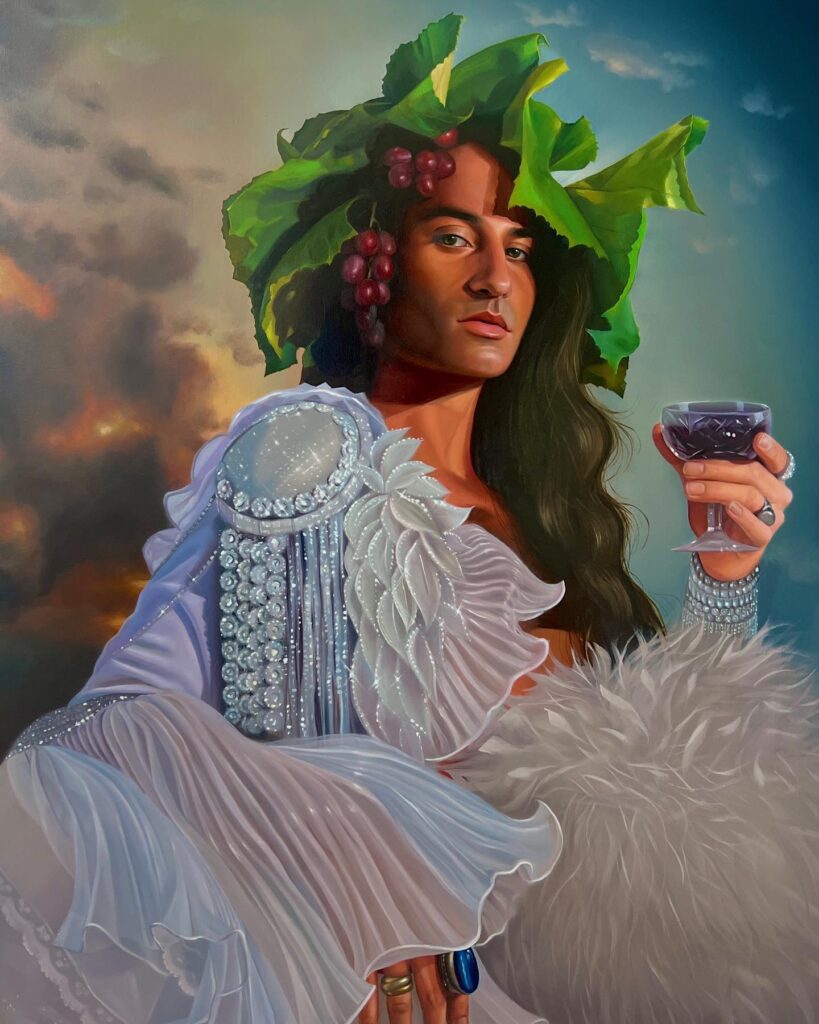
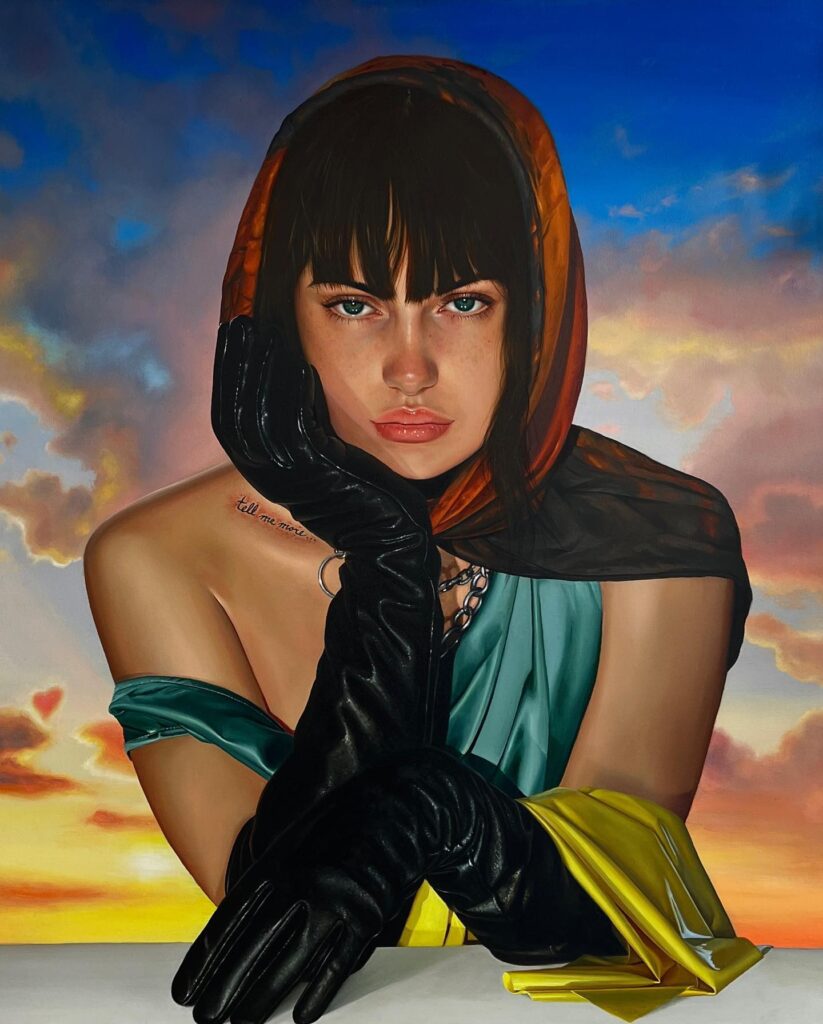
About Roxanne Sauriol Hauenherm
Roxanne Sauriol Hauenherm is a self-taught painter based in Montreal, Canada whose paintings are collected and exhibited internationally. Hauenherm is best known for her vivid contemporary interpretations of classic paintings which she describes to be “witnesses to how times change but people stay the same”.
While it is undeniable that technique is at the core of her work, it nonetheless succeeds to bring levity to a practice she considers to be arcane and pedestalized.
Artist statement:
Truth over ego, growth over comfort, spirits over prestige

Watch & Listen to this podcast Episode
Key Highlights from the Episode
Q. Charuka: Tell me something. Has fashion been a source of inspiration for your work?
A. Roxanne: Fashion is absolutely such a rich way to express your individuality and who you are, and of course, it’s part of the work. Ah. It’s a big part of the work. Actually, I think styling and styling Models is basically something I do, and I photograph them as well.
Sometimes I have a model in mind; sometimes I have, like, an old master’s work in mind that I want to recreate, and then what I’ll do is just contact them; some of them I know. Already for like a long time, but some of the new ones sometimes I’ll contact them and ask them if they would like to pose for me.
So then, basically, they come over to the studio where I dress them. With a bag of clothes that I have here or my clothes, or if they have something cool that they brought, I’ll use their own personal style also, and then I’ll like place their hair quite quickly. Ah, maybe do a little bit of makeup, and then I’ll take the photos.
And then from that photo, I’ll do a little bit of ipad work basically on it, and then from there, I use the reference as the reference for the final painting.

Q. Charuka: How did you come to do this? Can you talk a little bit about what your work is about and how Let’s also talk about how you found it because you have a very cohesive style, so when I see your work, I know it’s yours. No matter where I see it, I know it’s your work, so you have that sense of cohesiveness but also that sense of style, like I said, like you know the way. Um, your fabric falls in line with the details in the way you color it?
Let’s talk about the part where your work becomes more recognizable and you grow to like finding that voice or that visual style, or whatever that may look like. How did you figure these two out?
A. Roxanne: I think, Ah, so basically finding the style is like if you’re actively trying to find the style and this is what your goal is. You won’t find your style.
You really have to let go of that idea, and you really just have to work on your skill sets. What is your strength? What are you good at, what do you like, and what do you don’t like, and then from there a style will be built.
From all the things that basically define you, it’s not something that you go and you go on a quest for, and then you’re like, Oh, let me go and find my style. It’s really just a matter of being as honest with yourself as possible.
About what you like and what you dislike, and also be careful of looking too much at other people’s works because it will corrupt your work in a sense but not in a bad way. You can do it while you’re still in the learning phase. But I think that. If you really want to get serious about your art, You really got to be careful about really looking inwards to be able to look outwards without corrupting the work that you’re going to make, if that makes any sense.
Q. Charuka: How did that work for you? How’s your story? What’s your work? Let’s talk a little bit about your work. You know the figures are female figures. What are you trying to do with your work?
A. Roxanne: So basically, um, it’s funny because I was just writing my text for my solo show and it just went super loopy because anyway, it’s very complex thoughts and ideas that I have.
To put it in a simple way, the process is about understanding why I am doing this, what it represents, and what it is.
It’s basically those paintings. Basically, they all reflect something about my thoughts and are a part of me. That’s basically what I’m hiding behind. So what I’m doing is using a model that is not me, but still, what I’m looking for in that model is that piece of me.
Basically, when I’m trying to, Talk about a subject or whatever. I’m really trying to get that little glimpse, like that one photo, that just says everything that I want to say, and then from there, basically, the work Is like being born into the world. But, ah, and it doesn’t always have I don’t go in with a precise idea, and like with a meaning in mind sometimes it’ll be organic. As I do it, or really, it has to speak to me first.
Like, I never think about what people will think of it; I always think, Am I excited about the work? or Would my 8-year-old self be excited about the work? If the answer is yes, then I am. Like, just go ahead.

Q. Charuka: Tell me something, um, when you’re even saying this, like something that I read on your website, which was like Times change, but people are still themselves. Like it’s not like one fine day we get up and let me say, Okay, this is what I’m interested in, or you know? Okay, this is what I believe in, and this is what I’ll make my work about.
How did you find and discover this idea that became such a big backbone for your own work?
A. Roxanne: Ah, by that, are you referring to the reference to the old masters? Okay, because that’s what I mean by the times that change but people stay the same. That’s what it refers to basic, but it was just.
So how it came along and became a thing that I did in my work was basically to be able to work within a set of limitations that would make it easy for me to discuss anything I wanted without being burdened with them. With other burdens like having to choose a topic or something, I just had to go with that idea and then use whatever I find interesting enough in it and apply it to my work.
I basically just go and just go on my Instagram. I go check out accounts of old masters’ work, and then I’m just like, Oh, this is hilarious. I’m going to recreate this one or whichever like speaks to me, and then from there, I’ll recreate it.
But, I don’t always use the same pose, or I’m just following the rule that the number one rule is to try and bring…Bring to life what? the old masters would have done today in a cultural context.

Basically, so, like, um. If you look at the reference there, for example, you have this portrait of these two women laughing at their phones. It’s two women laughing at a letter like a love letter they received but instead I transformed it into an unsolicited one. You can maybe add a note after with that reference to the work. But then I was just like, This is what it would be like today.
So by saying, That times change but people stay the same is that, in the core essence of what humans are, we all have the same emotional responses basically, and we were the same people as before. People that were here five hundred years ago or a thousand years ago,
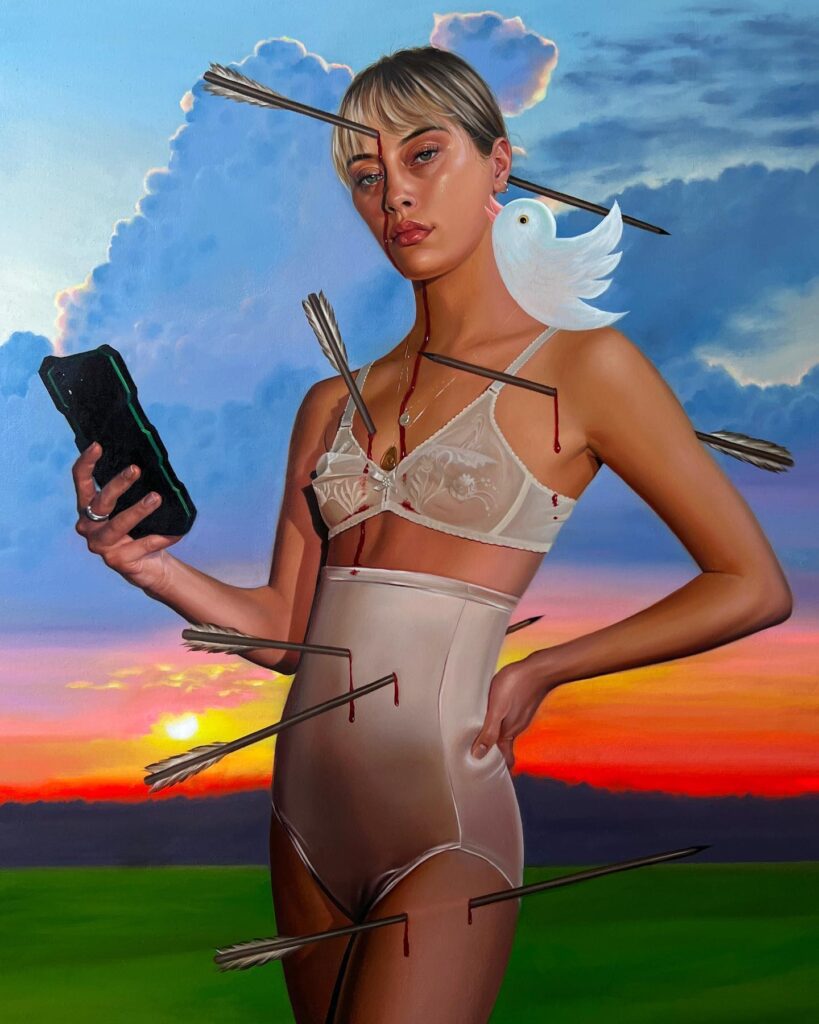





Liked what you read?
Listen to this & other episodes on











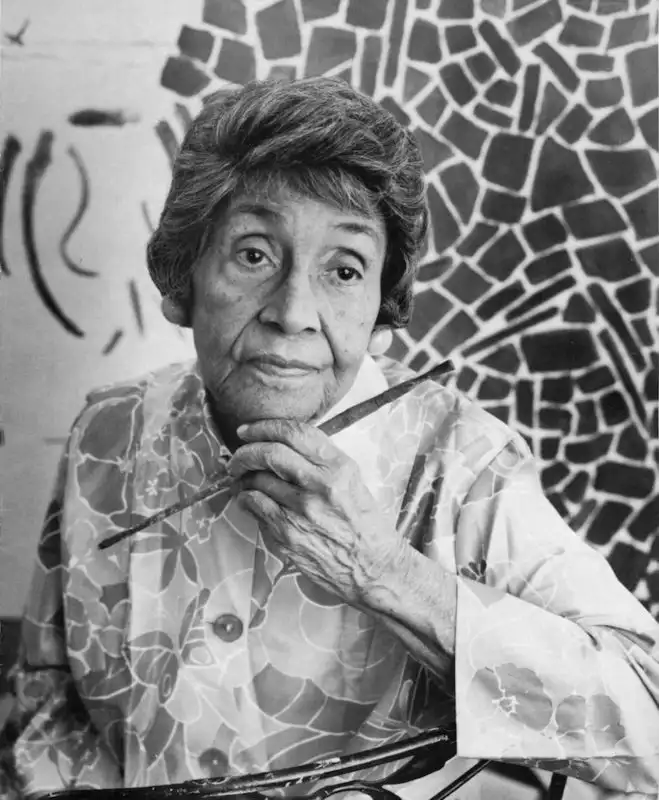
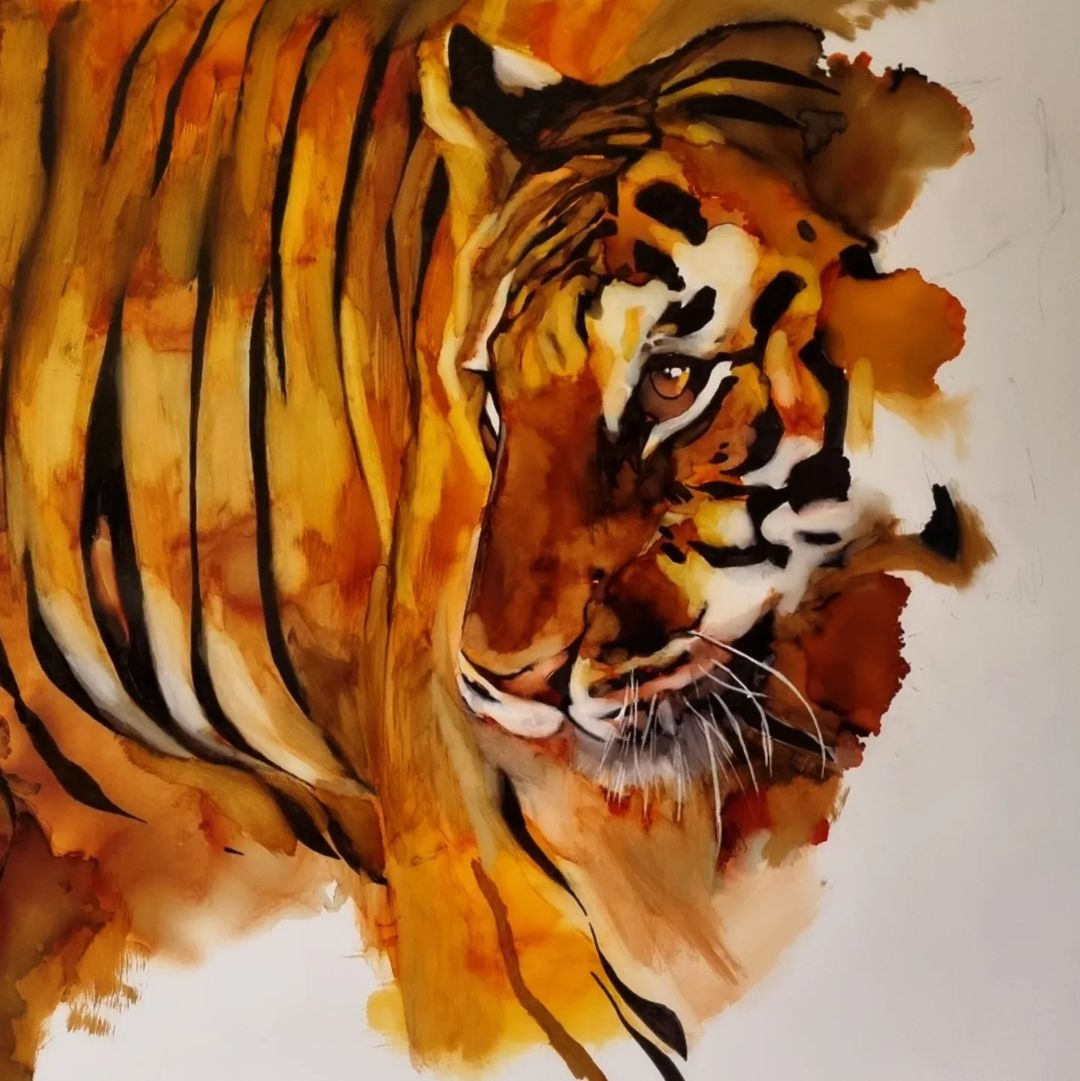
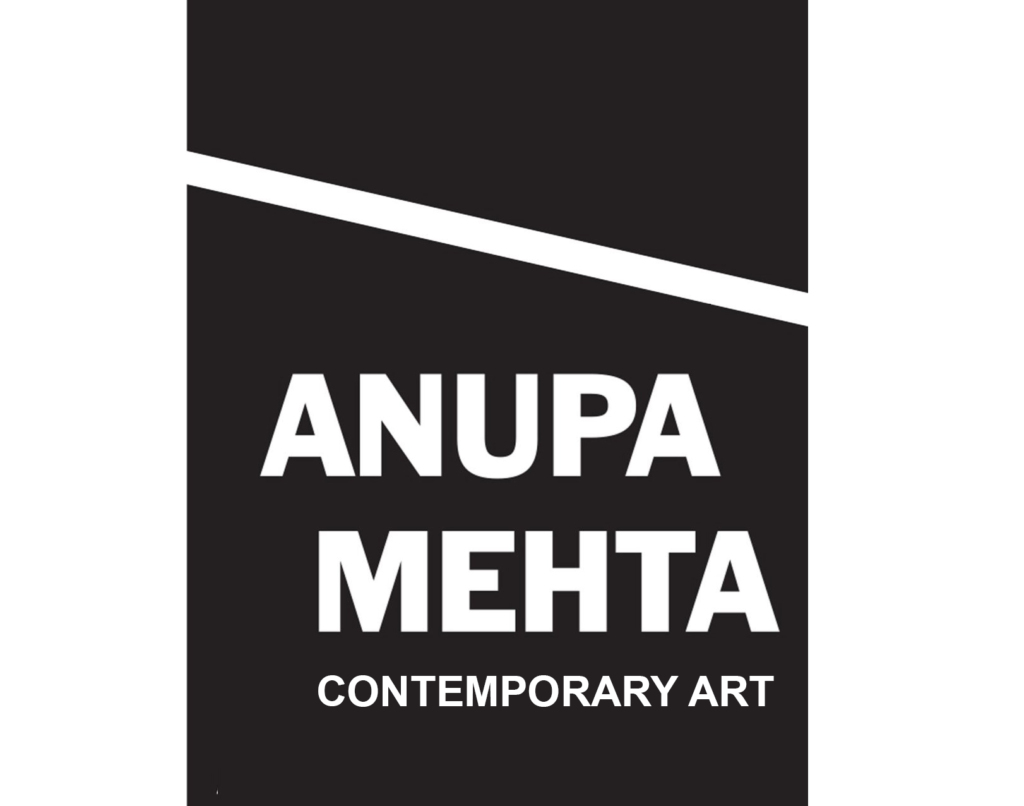
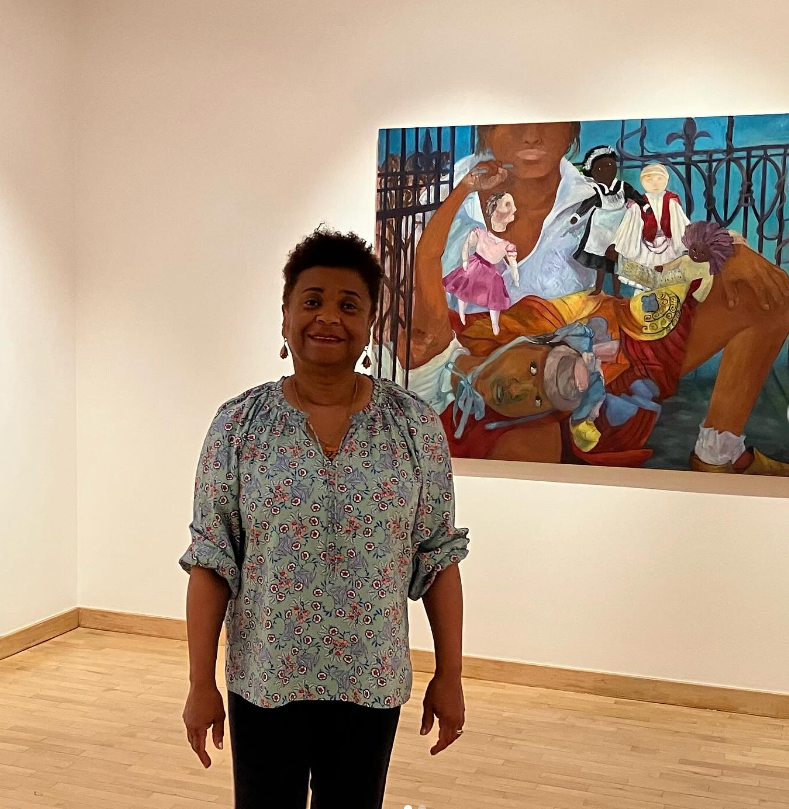
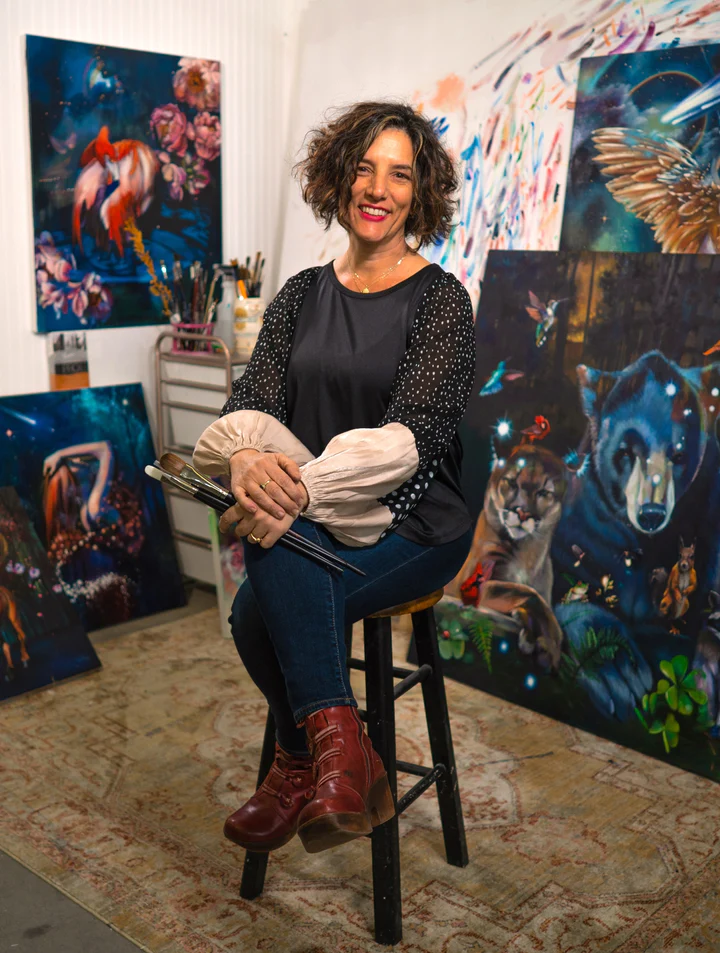

Comments 14